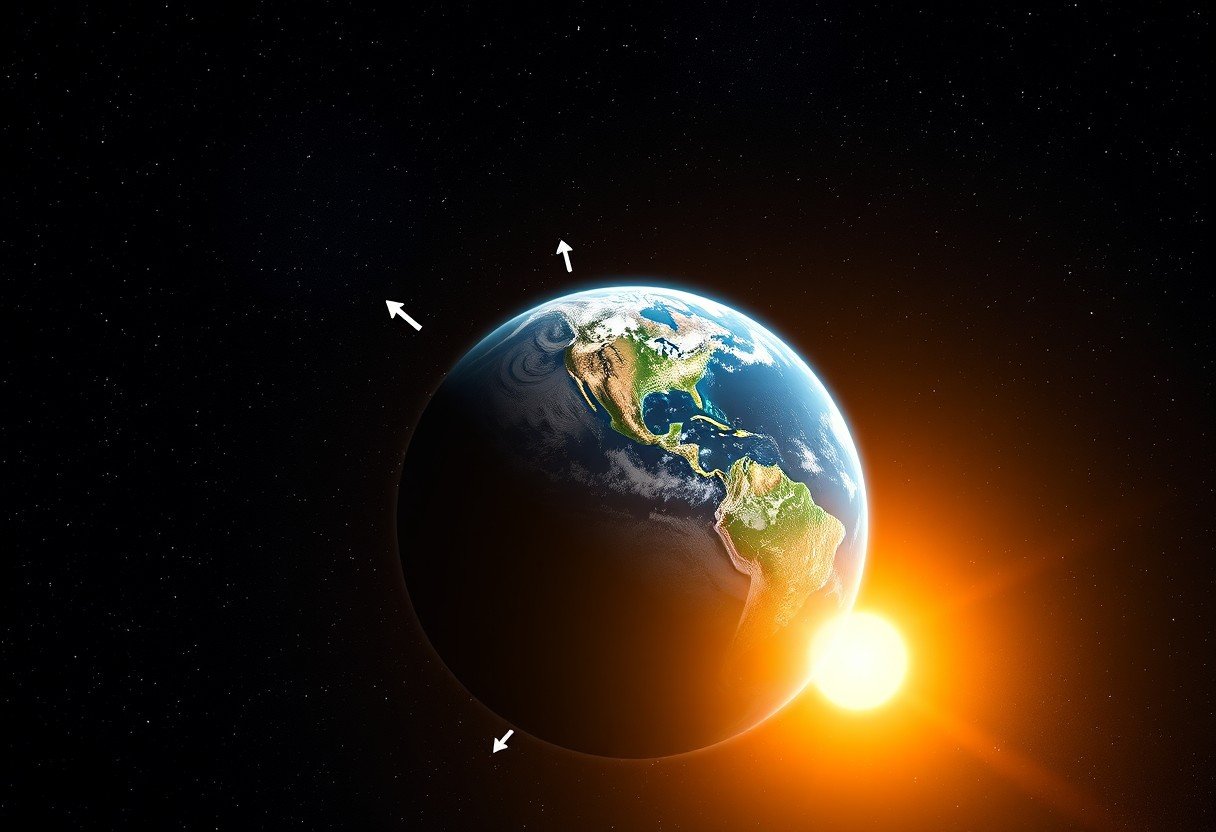Have you ever watched a vulture soar and wondered how it stays aloft for so long? When a vulture travels a horizontal distance of 100 meters, the height it loses is not a fixed number. Instead, it depends entirely on its angle of descent. Understanding this simple principle of physics reveals the incredible efficiency of these birds and how they master the art of flight to conserve energy while searching for their next meal.
Understanding the Basics of Vulture Flight
Vultures are nature’s expert gliders. Their flight is a masterclass in energy efficiency, allowing them to cover huge territories with minimal effort. This ability is not magic; it’s a result of their unique physical adaptations.
These birds have massive wingspans relative to their body weight. This high aspect ratio allows them to generate a lot of lift even at slow speeds. Instead of constantly flapping their wings, which consumes a great deal of energy, they use their wings to ride currents of air, much like a sailplane.
By mastering the art of soaring, vultures can stay airborne for hours while expending almost no energy. They are specialists at finding and using thermal updrafts, which are rising columns of warm air, to gain altitude without flapping. Once they reach a desired height, they can glide for miles, slowly losing altitude until they find another thermal to lift them back up.
The Key Factor Is the Angle of Descent
The question of how much height a vulture loses over 100 meters can only be answered if we know its angle of descent, also known as the glide angle. This angle is the slope of its flight path relative to the horizontal ground.
Imagine the vulture’s flight path as the hypotenuse of a right-angled triangle. The horizontal distance (100 m) is one side, and the height lost is the opposite side. The angle of descent determines the shape of this triangle. A very shallow angle means the vulture travels a long way horizontally for every meter of height it drops.
A steeper angle means the vulture is diving more sharply, causing it to lose height much more quickly over the same horizontal distance. Therefore, there is no single answer; the height loss is a variable that depends entirely on how the vulture is flying at that moment.
How to Calculate the Height Loss
You can calculate the exact height a vulture loses by using basic trigonometry. This branch of math helps us understand the relationships between the angles and sides of a triangle. For this problem, we use a function called the tangent.
The formula is simple: Height Lost = Horizontal Distance × tan(Angle of Descent). In our case, the horizontal distance is 100 meters.
To find the height loss, you just need to follow these steps:
- Identify the horizontal distance the vulture travels, which is 100 meters.
- Determine the angle of descent in degrees. This would need to be measured by wildlife biologists using tracking equipment, but we can use examples.
- Use a calculator to find the tangent of that angle (tan(θ)).
- Multiply the tangent value by 100 to get the height lost in meters.
This calculation shows a direct mathematical relationship between the angle and the altitude drop, providing a precise way to analyze the bird’s flight efficiency.
Example Calculations for a Vulture’s Glide
To see how much the angle matters, let’s look at a few examples. The table below shows the calculated height loss for a 100-meter horizontal flight at different common glide angles. Vultures are incredibly efficient and often maintain very shallow angles to maximize their distance.
| Angle of Descent (Degrees) | Height Lost over 100 m (Approximate) |
| 1° | 1.75 meters |
| 3° | 5.24 meters |
| 5° | 8.75 meters |
| 10° | 17.63 meters |
As you can see, even a small change in the angle of descent has a significant impact on the amount of height lost. A vulture gliding at a shallow 1-degree angle loses less than two meters of height, allowing it to travel over 5.7 kilometers for every 100 meters of altitude it sacrifices. This is the secret to their long-distance travel.
What Environmental Factors Affect the Glide Path?
A vulture’s flight is not happening in a vacuum. The real world is full of environmental variables that can dramatically influence how much height it loses, or if it loses any at all. Vultures are experts at reading and exploiting these conditions.
The most important factors include:
- Thermals: Rising columns of warm air create natural elevators for vultures. By circling within a thermal, a vulture can gain height without flapping.
- Wind Patterns: Wind can either help or hinder a vulture. A headwind might force a steeper glide, while a tailwind can help it cover more ground. Vultures also use wind flowing over hills and ridges to create an updraft, a phenomenon known as ridge lift.
- Terrain: Mountains, valleys, and even large buildings can change how air moves. Vultures use these features to find predictable areas of lift to aid their journey.
Because of these factors, a vulture’s flight path is rarely a straight line. It is constantly adjusting its glide to take advantage of favorable air currents, making its flight a dynamic dance with the environment.
Why This Calculation Matters for Wildlife Conservation
Understanding the physics of vulture flight is more than just a fun thought experiment. This knowledge is crucial for scientists and conservationists working to protect these vital birds. By using GPS trackers, researchers can monitor the flight paths of vultures in great detail.
Analyzing their glide ratios, speed, and altitude changes helps biologists understand their behavior. It can reveal where vultures find food, their preferred migration routes, and how much energy they spend traveling between habitats. This data is essential for identifying critical habitats that need protection.
For example, if tracking data shows that vultures consistently use thermal updrafts over a specific patch of land, conservationists can work to protect that area from development. This ensures the vultures continue to have the “energy highways” they need to survive and clean our ecosystems.
Frequently Asked Questions about Vulture Flight
Why can’t you give a single answer for the height loss?
The height a vulture loses over 100 meters depends on its angle of descent. Since this angle can change based on wind, thermals, and the bird’s intention, there is no one fixed number for the height loss.
What is a typical glide ratio for a vulture?
Many vultures have an excellent glide ratio, often estimated to be around 20:1. This means for every one meter of height they lose in still air, they can travel forward 20 meters.
Do vultures lose height when they are circling?
Not necessarily. Vultures often circle to stay within a thermal, which is a column of rising warm air. By doing this, they are actually gaining altitude for free, which they can then convert into horizontal distance.
How does a vulture’s speed affect its glide?
Every gliding animal has an optimal glide speed that gives it the best glide ratio, allowing it to travel the farthest horizontally for each meter of altitude lost. Flying too fast or too slow is less efficient and would result in a steeper angle of descent.
Can a vulture gain height while moving 100 meters horizontally?
Yes, absolutely. If a vulture flies through rising air, such as a thermal or ridge lift, that is moving upward faster than the vulture’s natural sink rate, it will actually gain altitude while moving forward.








Leave a Comment